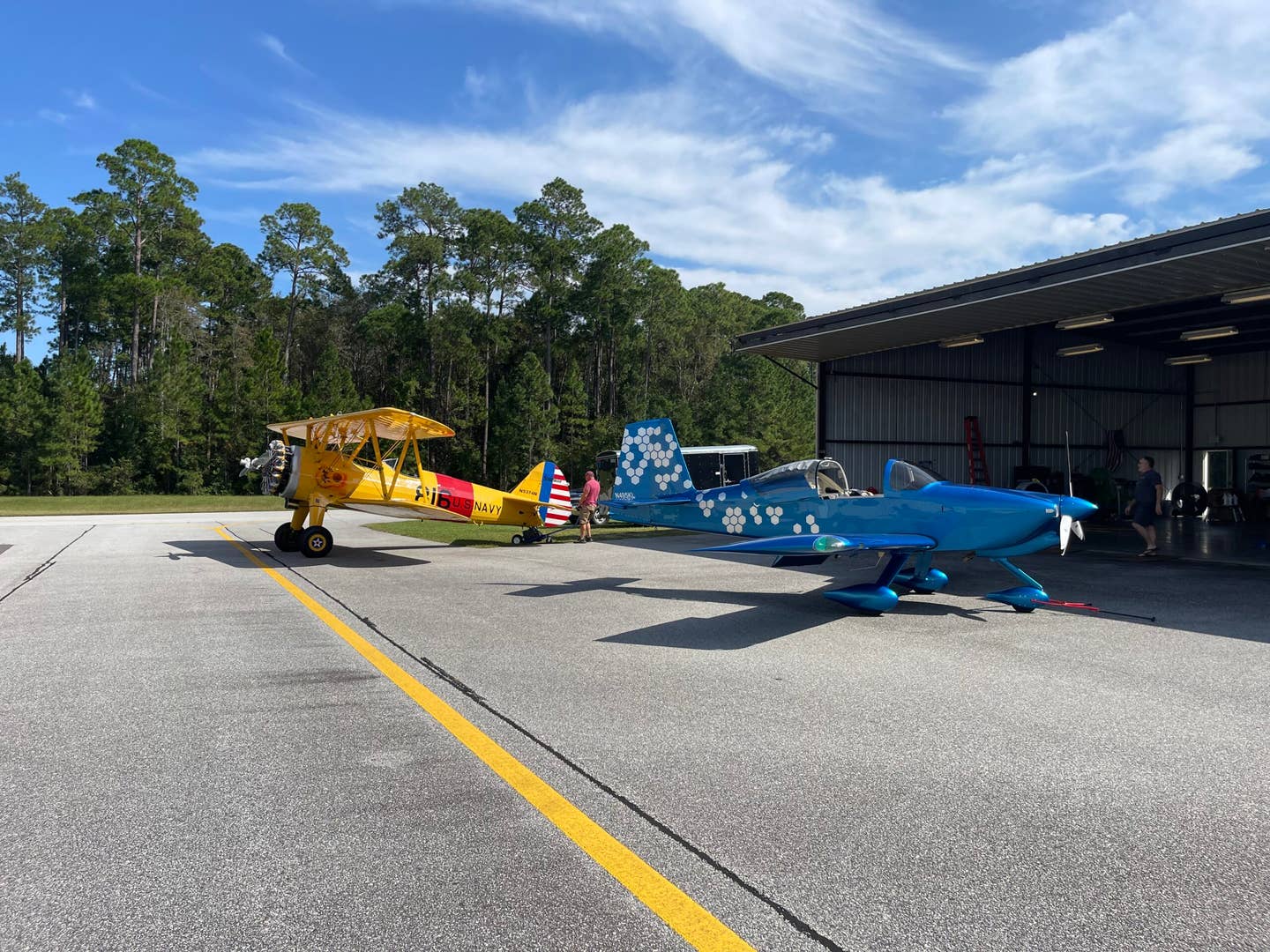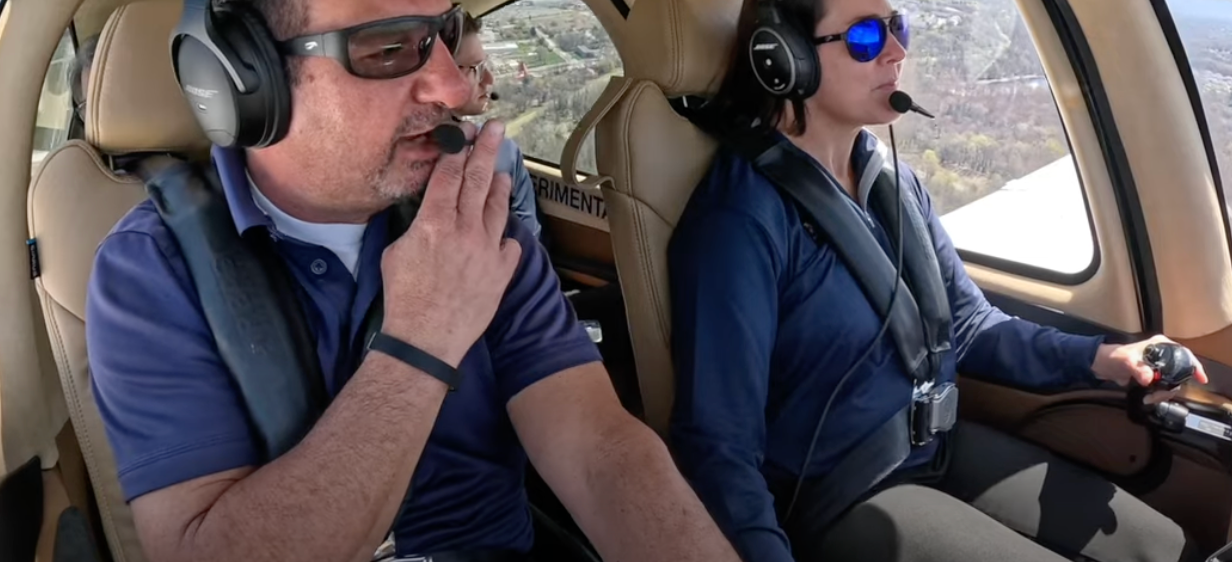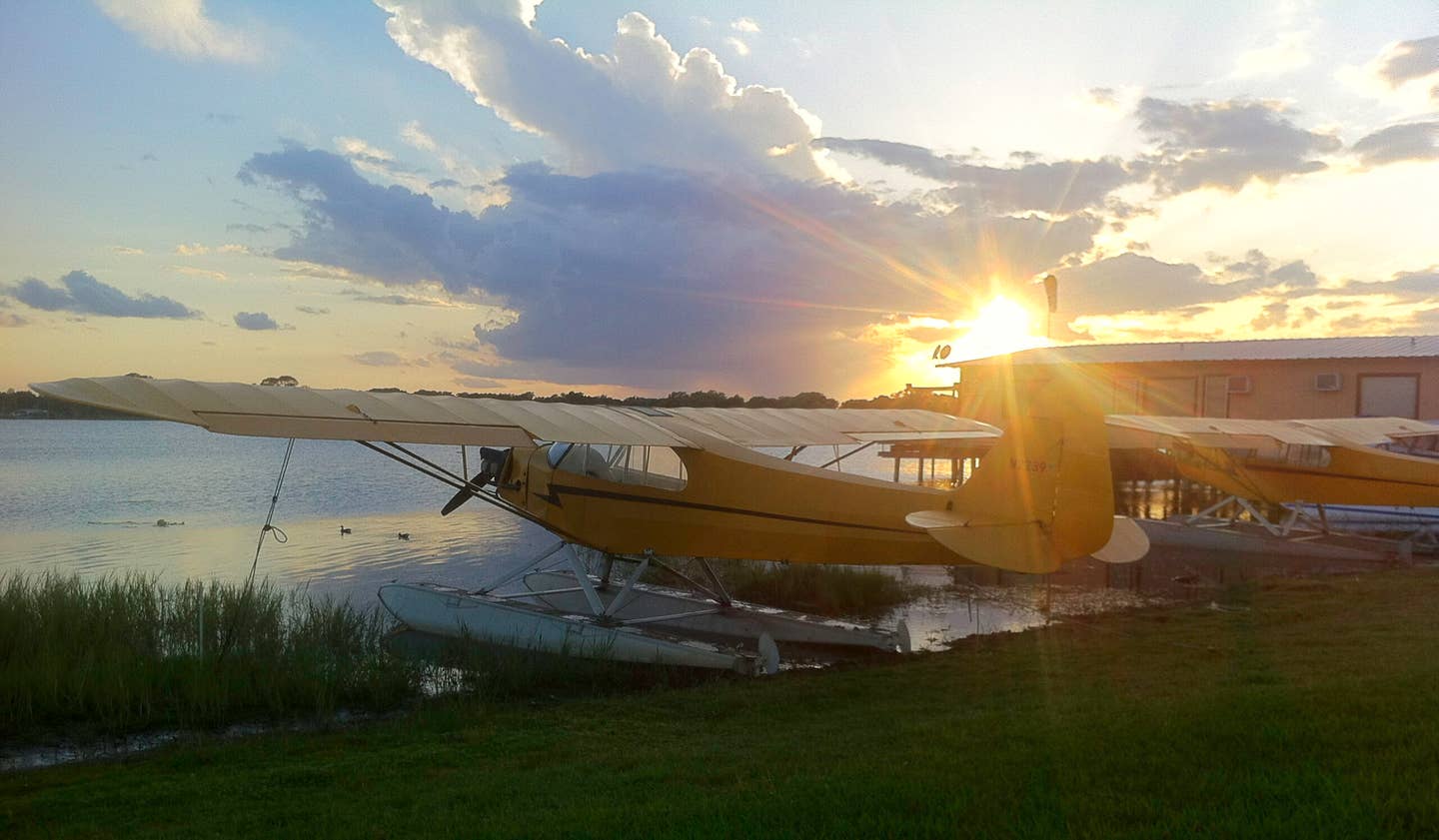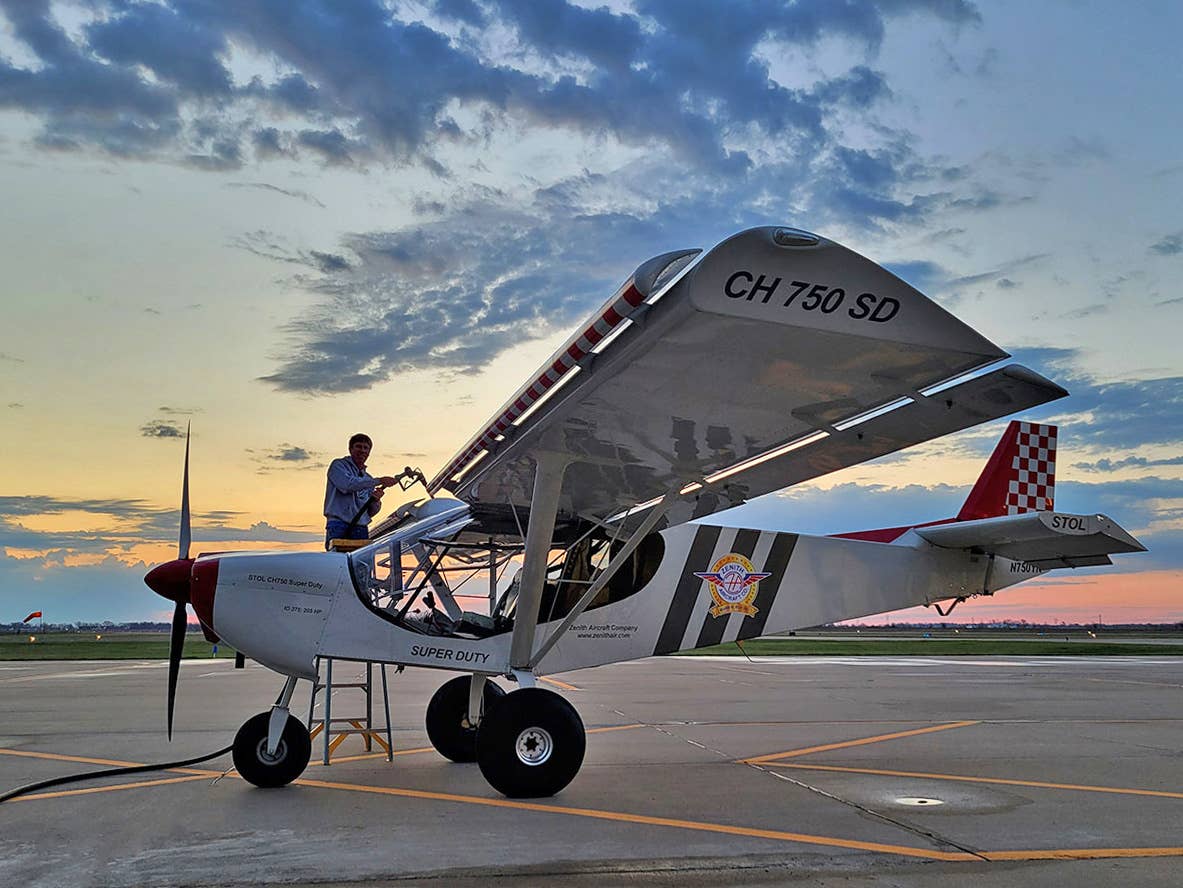Why Cheapskate Pilots Don’t Like 406 ELTs
In this AVweb video, Paul Bertorelli takes a hard look at 406 MHz emergency locator transmitters for aircraft. While an ELT of some kind is required for most aircraft, historically,…
In this AVweb video, Paul Bertorelli takes a hard look at 406 MHz emergency locator transmitters for aircraft. While an ELT of some kind is required for most aircraft, historically, these devices haven't performed very well. They still aren't an impressive value for the money.
Paul BertorelliEditor
Related Stories






